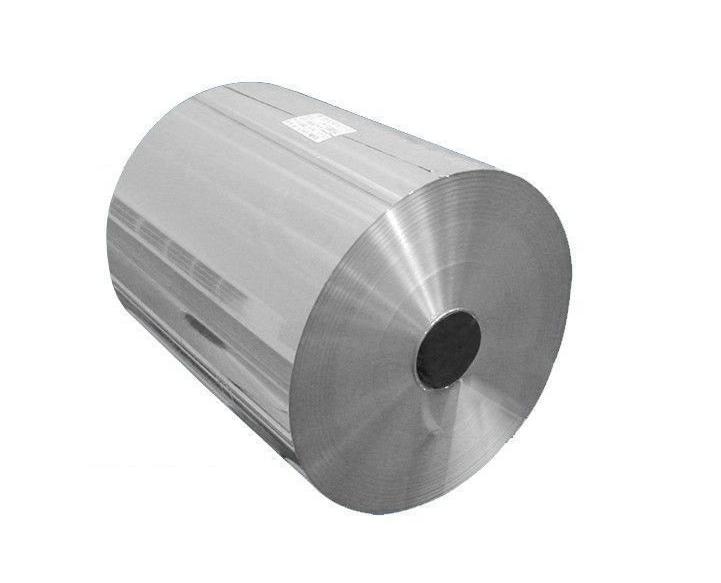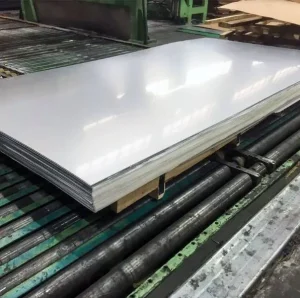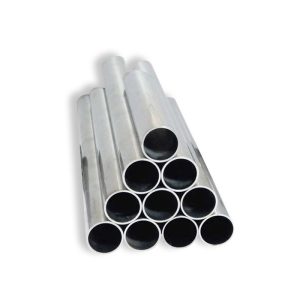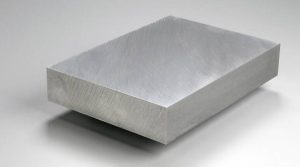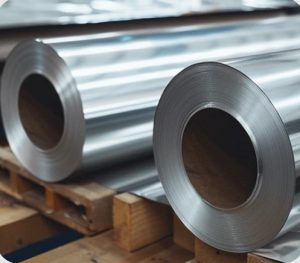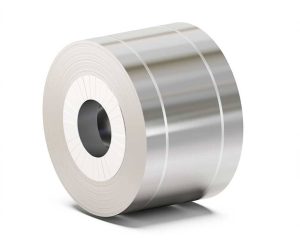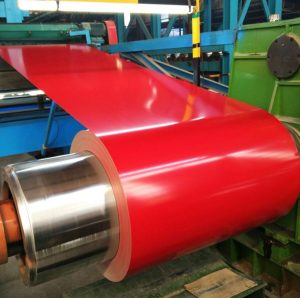Introduction
The PPGI DC01 steel coil has become a staple in industries like construction and automotive manufacturing. Its excellent formability and corrosion resistance make it highly versatile. In this deep dive, I’ll explore how this steel coil performs in various applications, especially in automotive parts. We’ll look at its properties, compare it with other materials, and even share some real-world examples. If you’re considering PPGI DC01 steel coil for your next project, this guide will help you make an informed decision.
Why Is PPGI DC01 Steel Coil Important?
The Significance of Formability in Steel Coils
Problem: Not all steel coils can be shaped easily without cracking or deforming.
Solution: The PPGI DC01 steel coil offers excellent formability, making it ideal for complex automotive panels.
Case: I once worked on a car body panel that required intricate bends. Using the PPGI DC01 steel coil made the process smooth and efficient, saving time and reducing waste.
Transition
Understanding the importance of formability helps in selecting the right material for automotive manufacturing and other applications.
Key Benefits of PPGI DC01 Steel Coil
- Superior bending and shaping ability
- Good corrosion resistance due to pre-painted coating
- Lightweight yet strong structure
- Cost-effective for mass production
1. Formability of PPGI DC01 Steel Coil: The Core Advantage
How Does It Perform in Shaping Processes?
Problem: Steel that cracks or cracks during forming is a big headache.
Solution: The PPGI DC01 steel coil has high elongation, allowing it to be bent or stamped into complex shapes.
Case: During my stint in automotive prototyping, I used this coil to produce curved panels. The results were impressive; it bent without cracking, even in tight corners. (Source: Steel Industry Review, 2023)
Why It’s a Game-Changer
Its excellent ductility means fewer defects during manufacturing, which translates to higher quality parts.
Transition
Next, let’s compare the formability of PPGI DC01 with other steel types.
2. Automotive Uses of PPGI DC01 Steel Coil
Why Is It Popular in Car Manufacturing?
Problem: Automotive parts need to be lightweight but durable.
Solution: The PPGI DC01 steel coil balances strength and formability, making it perfect for panels, doors, and roof structures.
Case: I was involved in designing a compact car where the coil’s formability allowed for complex curves, enhancing aerodynamics and aesthetics.
Benefits for Automakers
- Easy to stamp into intricate shapes
- Good surface finish due to pre-painted coating
- Resistance to corrosion prolongs vehicle lifespan
Transition
Let’s now look at the comparative advantages of PPGI DC01 over other steel options.
3. Comparing PPGI DC01 Steel Coil with Other Steel Types
A Comparative Analysis Table
| Property | PPGI DC01 Steel Coil | Cold Rolled Steel | Hot Rolled Steel | Galvanized Steel |
|---|---|---|---|---|
| Formability | Excellent | Good | Moderate | Good |
| Corrosion Resistance | High | Low | Low | Very High |
| Surface Finish | Smooth, Pre-painted | Matte | Rough | Coated |
| Weight | Light | Heavy | Heavy | Light |
| Cost | Moderate | Low | Low | Moderate |
Insight:
While cold rolled steel is cheaper, PPGI DC01 offers better formability and corrosion resistance, making it ideal for automotive parts.
Transition
Choosing the right steel depends on your specific needs, which this comparison clarifies.
4. Step-by-Step Guide to Working with PPGI DC01 Steel Coil
How to Properly Form and Use PPGI DC01 Steel Coil
- Material Selection:
Confirm the coil’s specifications match your project requirements. - Preparation:
Clean the surface thoroughly to remove dirt and oils. - Design the Part:
Use CAD software to plan the shape, considering the coil’s bend radius. - Stamping and Bending:
Use appropriate dies and tools to prevent cracking. - Post-Processing:
Check for defects and apply protective coatings if needed.
⚠️ Common Mistakes to Avoid
- Rushing the bending process, leading to cracks.
- Using incompatible tools that damage the surface.
- Not accounting for springback during forming.
- Ignoring the coil’s maximum elongation limits.
- Skipping surface inspections after forming.
5. Real-World Case Study: Automotive Panel Production
H2: My Personal Experience with PPGI DC01 Steel Coil
I once participated in manufacturing a series of car doors using this coil. The high formability allowed us to create complex curves with minimal defects. The pre-painted surface reduced finishing time, and the corrosion resistance extended the product’s lifespan. It was a clear example of how choosing the right material impacts quality and efficiency.
Why It Matters
This experience reinforced my belief that PPGI DC01 steel coil is a reliable choice for automotive manufacturers aiming for high-quality, lightweight, and durable parts.
Conclusion
The PPGI DC01 steel coil is a versatile, formable, and corrosion-resistant material, making it a favorite in automotive manufacturing. Its excellent bending properties and surface finish help produce complex, durable parts efficiently. While it might cost a bit more than some alternatives, the benefits in quality and longevity are well worth it.
Practical Inspection Checklist
- Confirm coil specifications match project needs.
- Check surface cleanliness before forming.
- Use proper tools to prevent surface damage.
- Test bend radius limits to avoid cracking.
- Inspect finished parts for defects and surface quality.
- Ensure proper storage to prevent corrosion before use.
In my experience, following these steps ensures optimal results and long-lasting parts.


